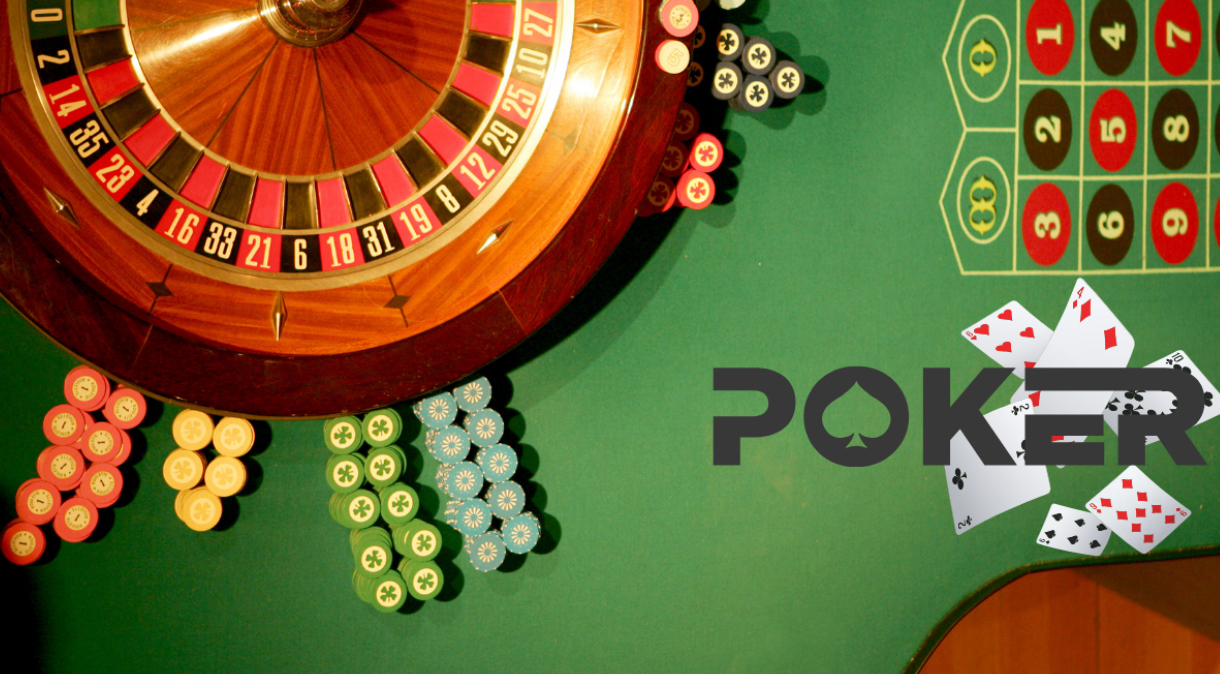Taking a rake is standard in poker rooms and online platforms, but not everyone fully understands its significance. Rake serves as the primary revenue stream for poker operators, yet its legality and implications spark debate among players.
Platforms like Melbet also incorporate rake structures, making it essential for players to understand how this affects their overall winnings. In this article, we’ll explore the concept, examine the rules governing it, and consider its impact on gameplay.

What is a Rake in Poker?
A rake in poker is the commission the house takes from each pot in a cash game or tournament. It is a small percentage of the total pot, typically capped at a certain amount. This system ensures that poker rooms profit from hosting games without directly participating.
Types of rakes include pot rake, which is a percentage of the pot, timed rake, which is charged per hour of play, and tournament fee, which is an additional charge on buy-ins. The rake amount and structure vary by venue, significantly impacting players’ long-term profitability. Furthermore, understanding these structures helps players choose games that best suit their strategies and bankrolls.
Evolution of Poker Rakes: A Historical Perspective
The development of poker rakes reveals the changing dynamics of the game over time. From its early days of informal contributions to today’s standardized systems, the concept of rakes reflects broader trends in how poker has been played and managed.
The table below highlights key differences between the historical and modern approaches to rakes, emphasizing their impact on player perception and competition.
| Aspect | Historical Rakes | Modern Rakes |
| Collection Method | Voluntary contributions by players | Standardized percentages or fixed amounts |
| Fairness Perception | Viewed as fair due to voluntary nature | Often debated due to uniform application |
| Impact on Players | Encouraged participation with low barriers | May discourage players due to higher costs |
| Competitive Environment | Promoted inclusive, casual play | Creates a structured yet competitive scene |
Why Is Taking a Rake in Poker Illegal in Some Jurisdictions?
Understanding this requires examining gambling laws, because many jurisdictions distinguish between games of skill and games of chance. Poker, despite its skill component, is often classified as gambling, and the rake may be viewed as a form of illegal profits.
In the U.S., states like Nevada permit rakes under regulated conditions, while some countries, such as Japan, outright ban poker rakes to discourage gambling. Several factors influence whether taking a rake is considered legal.
These include regulatory frameworks, as countries with strict gambling laws often impose bans, tax implications, as unregulated rakes may result in lost tax revenue, and social impact, as governments may discourage rakes to reduce problem gambling.
Players should familiarize themselves with local laws to avoid unintended violations. Understanding legal nuances can also help poker operators design compliant systems.
Implications of Rake on Players
The rake’s impact goes beyond legality, it directly influences player strategies and earnings. Even the smallest rake can erode profits over time, particularly for low-stakes players. Reduced winnings mean a higher rake diminishes net profits.
Players may need to adopt tighter strategies as part of strategic adjustments. Excessive rakes can deter casual players, affecting accessibility. Additionally, high rakes may reduce the quality of games as skilled players seek better opportunities.
Rakes also affect player psychology, as knowing that a portion of their winnings will be deducted can lead to frustration, especially for new players, and overthinking, with players focusing more on the rake than the game itself. Understanding these effects allows players to adapt mentally and financially.
Alternatives to Taking a Rake in Poker
While the rake remains the dominant revenue model, some venues experiment with alternatives to attract more players. These methods often aim to mitigate the adverse effects of rakes while ensuring sustainability.
Subscription models allow players to pay a flat monthly fee for unlimited play. Event sponsorships generate revenue, reducing reliance on player fees. Increased table limits enable larger stakes, where smaller rakes proportionally impact winnings.
Besides, some online poker platforms have successfully implemented subscription-based systems, which have increased player retention. Similarly, live casinos that engage in event sponsorships report higher attendance at poker tournaments.
Conclusion
Taking a rake in poker is a nuanced subject with significant implications for players and operators. By understanding what is rake in poker entails, its legalities, and its impact, players can make informed decisions about where and how to play.
Whether you’re a casual participant or a seasoned professional, considering the rake’s structure is essential to optimizing your poker experience. Moreover, exploring alternative models and understanding regional variations can help players and operators create a thriving poker ecosystem that balances profitability and player satisfaction.